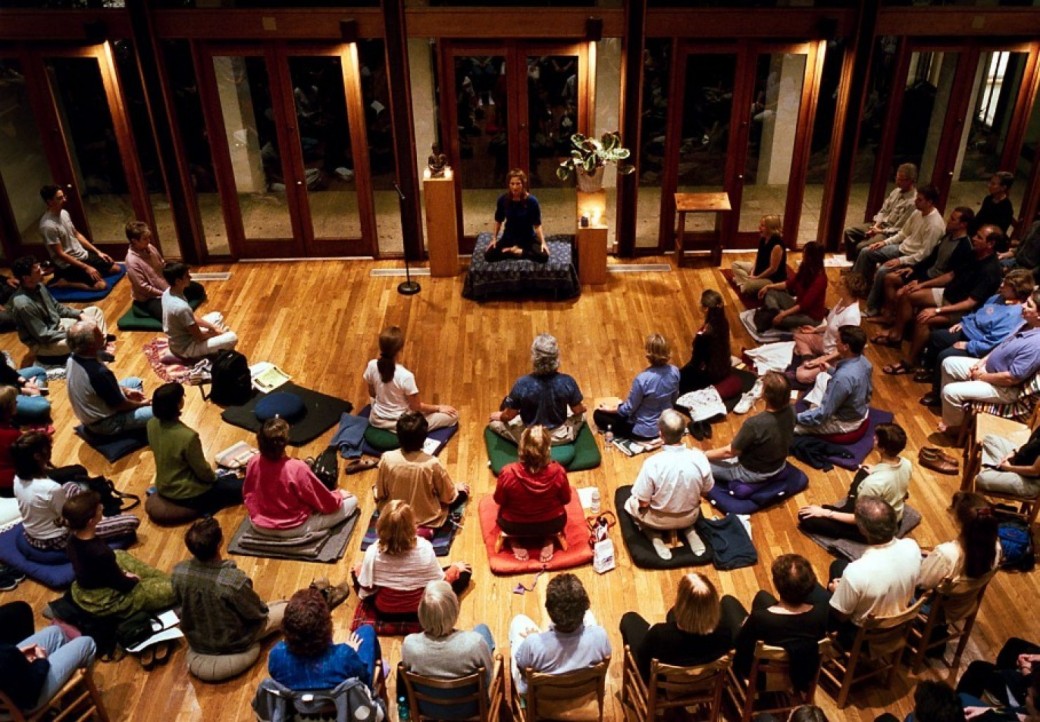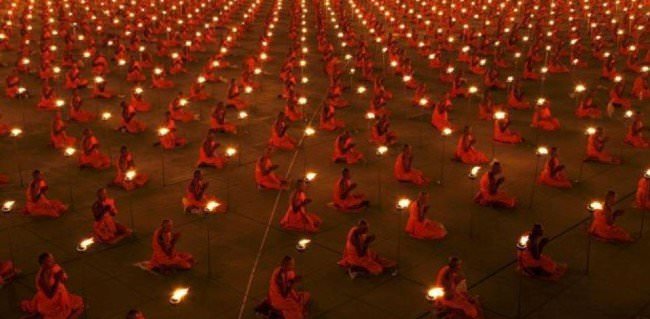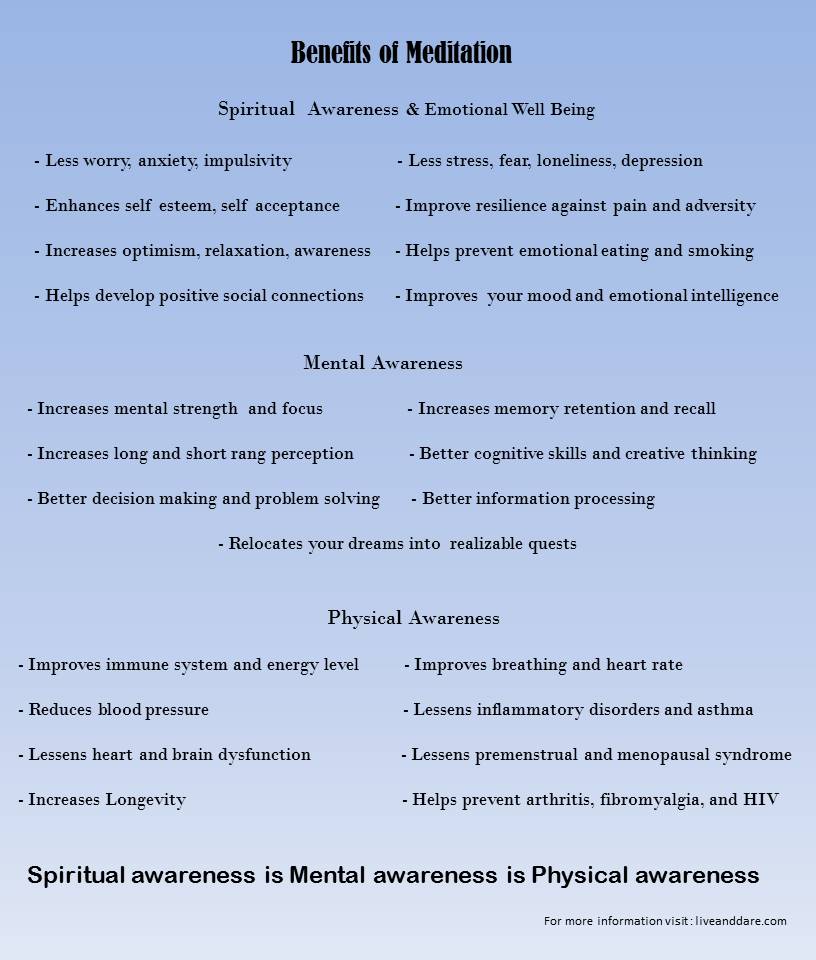77% of people who live in the U.S. regularly experience physical symptoms caused by stress. -www.statisticbrain.com-
Below is a list of those people who will receive no benefit from the practice of some form of meditation:

Of course this is a guess since we have not discovered whether consciousness continues after the body’s physical death or whether or not such consciousness would require “stilling”. You can be relatively certain that, regardless of what happens after we die, that meditating after our body has expired is not much help to our current situation.

I have not met anyone like this. This is not the same as people who have “lost their minds”. I have asked several professionals in the field of psychology, psychiatry, and neurology, as to the actual location of the mind and have not been given a direct answer. Some point to physical organ of the brain and claim that it is somewhere up there. I suppose this notion attempts congruousness with the idea that the mind is the thinking ability of the brain. In my experience it seems as though the brain, among other things, receives sensory input making it a perceiver of phenomenon. The mind is the interpreter of these experiences. Given the fact that no one knows exactly where the mind is located I would be willing to state that most people have “lost their minds”. In my focus on mind clearing meditation locating the mind is not of high importance. Controlling the thoughts of your mind is what becomes necessary.

Meditation is not effective in helping achieve this mental state. About two years ago my room mates and I hosted a weekly meditation sessions in our home. Around this same time I had given a short introductory meditation lesson to one of my neighbors who inquired about it. Afterwards I invited her to our weekly group. For the next three days she was in a state of peace and bliss. I would see her when I would walk my dog around the block and she was all smiles and pleasantly excited. She would thank me for all that I had done. After a few weeks of her not showing up for the group, I saw her while walking my dog early one morning and asked if she was getting the emailed group invitations. She was standing on her porch with a beer in one hand and coughing over the cigarette in the other. She looked miserable. “I’m not interested.” was her reply. I countered, “How are you dealing with the stress?” She said, “I drink plenty of alcohol, smoke plenty of weed, and take drugs for all that.” I smiled. “Sounds like you got the cure”, I remarked. Due to my own arrogance it took much meditative practice for me to learn to accept people where ever they are at in their lives.
The limits of the practice
Veteran meditator and spiritual teacher Krishnamurti wrote once that “the land of truth is pathless”. There is no “one path” to experience calm acceptance or peace for every individual. Meditation is not for everyone. I had to except a long time ago (with considerable bruising to my arrogant ego) that regardless of my relentless passion to share the peace that can be achieved through mind clearing meditation with all who come across my path, I am not Jesus, Buddha, Lao Tzu, or Dojen, I cannot save the world, and meditation is not the cure for all the problems of the world. I can teach, all who are interested in knowing, how to take back control of their thoughts which is the main proponent of human initiated suffering in the world. This I do.
You would be surprised to know how many people forget that genuine love, happiness, and peace, cannot be shared with another unless you have already offered and accepted it for yourself. It’s important to practice daily re-accepting this offer to love yourself. Practicing meditation can be a reminder to spend time doing this often.
That being stated there are real dangers that need to be avoided when teaching meditation to any exploring student. One such danger became apparent as on a few occasions when I was teaching students, when trying to clear their mind, they became immersed in fear. This is a warning sign that the student may be repressing disturbing memories that they are not ready to face yet. In these cases “concentration meditation” which involves focusing on one thought as opposed to clearing all thoughts is more appropriate. Finding the right meditation method for you may take some time but determining whether a method works or does not is relatively simple. If you are practicing a particular method and are experiencing some form of discomfort, i.e. fear, stress, anxiety, then this method is obviously not you best option.
Another example is more a matter of common sense but when teaching grade school age children the art of meditation, trying to get them to completely clear their minds is not fruitful and unnecessary. Getting them in the habit of closing their eyes, sitting still for a few moments, and paying attention to their breathing is the key. This opens the opportunity for relaxation, slowing of mind turbulence, and self-reflection.
Keeping the meditation classes open and fluid to accommodate anyone who may want to participate has been the practice of SAMA Sense since its inception. When someone asked me once, “What method do you teach?” I responded that we do not strictly adhere to any particular school of teaching although we do bring to the table techniques from many traditions. Some call this “free style”. I do find it interesting that when leading a group meditation that contains participants from different religious affiliations that using a language that highlights the physical and psychological benefits of the practice can be effective. This avoids the muck of getting into conflicts over different religious believes. If I happen to be leading a group that has all Christian participants, which is becoming rare these days, I will use language from that tradition. I have also found it curious that when leading a group of non-religious affiliated participants, those who have become known as “Nones”, using terms from different spiritual traditions seems to go over well. Is it not curiously wonderful that when you take religious beliefs out of the equation that people don’t seem to mind using references to the “Divine” or the “Infinite”.















